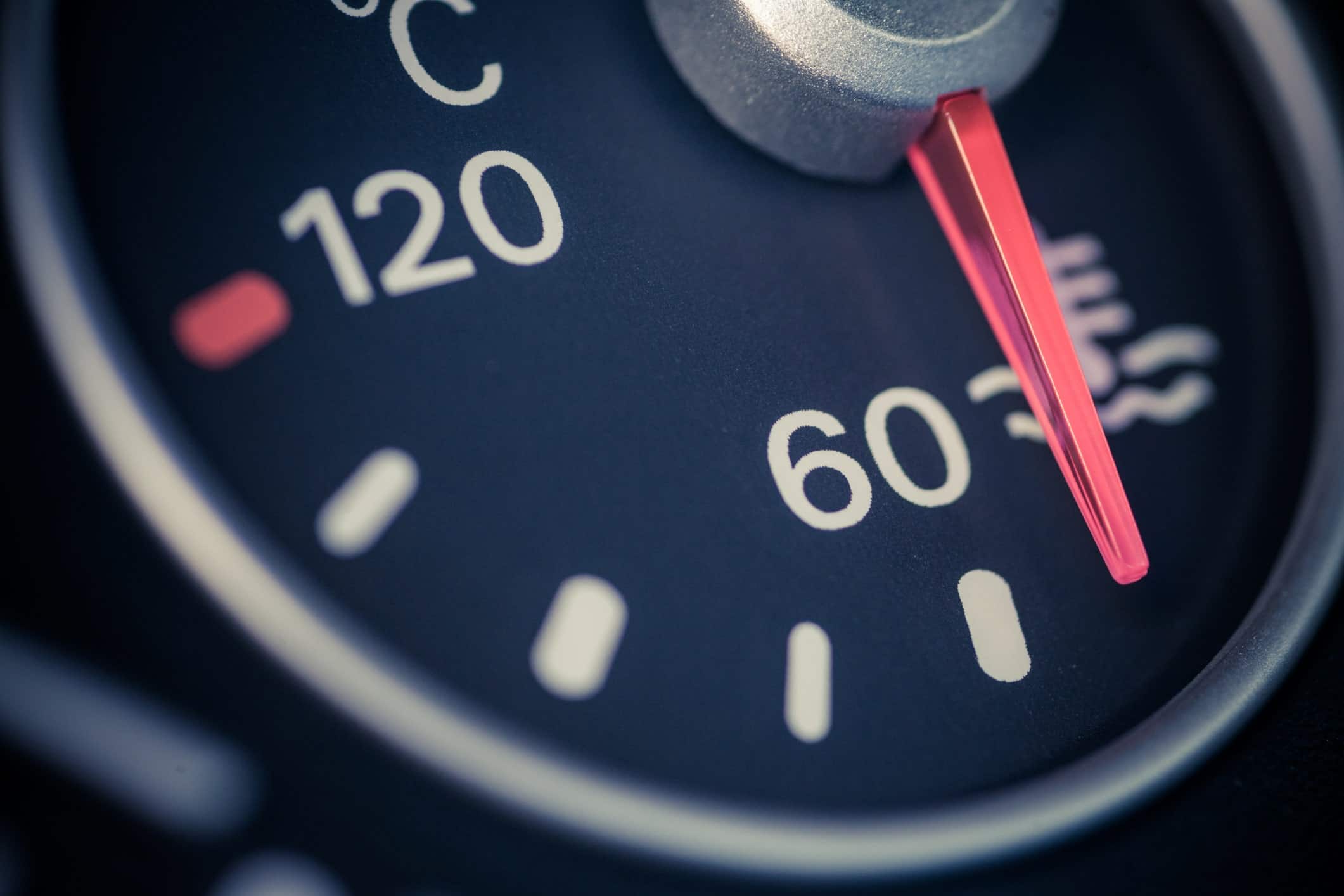
Regardless, your check engine light coming on is a sure sign you should have your car checked by a trusted mechanic.

If your car’s computer senses a problem with the signal your sensor is sending, it may trigger the check engine light. Your Check Engine Light is OnĪlongside the signal that your engine is overheating, you may see your check engine light come on if your coolant temperature sensor is failing or has failed. In this case, your car will tell you that your engine is overheating when it actually is not, meaning you’ll likely have a dashboard warning light on and your car may not operate properly. While a failing engine coolant temperature sensor may give a permanent cold signal, it can also malfunction in a way that sends a hot signal when your engine temperature is safe.
#Coolant temperature sensor symptoms professional
While a little bit of black smoke won’t render your car undrivable, it is an indication that you should avoid driving your car and instead get it to a professional mechanic for a cooling system repair service. When this happens, you’re likely to notice black smoke coming out of your exhaust because the remaining fuel is being burned off there instead. Black Smoke from Your ExhaustĪlong with the fuel ratio being controlled by the coolant temperature sensor, if there’s too much excess fuel being used, it may not be able to burn off in the combustion chamber. While it could be cooler outside temperatures, it also is likely that the temperature being reported is inaccurate and lower than it actually is. In particular, if your engine doesn’t seem to be warming up as it typically does, you should have a mechanic take a look at your cooling system. Faulty Coolant Temperature Sensor 4 Common Symptoms Fuel Consumption Increases Check Engine Light Flashes Engine Overheating Black Smoke from the Exhaust.

If you notice more fluctuation in your engine temperature or it looks higher or lower than usual while you’re driving, it could be the engine coolant temperature sensor. A failing coolant temperature sensor will commonly report a cooler temperature than is accurate.

A higher ratio of fuel is used the cooler the engine’s temperature, so if your ECT is reporting a cool temperature when your engine is actually warm or hot, more fuel will be used than necessary. Part of the coolant temperature sensor’s job of accurately reporting your car’s coolant temperature is to ensure the correct mixture of fuel is used.


 0 kommentar(er)
0 kommentar(er)
